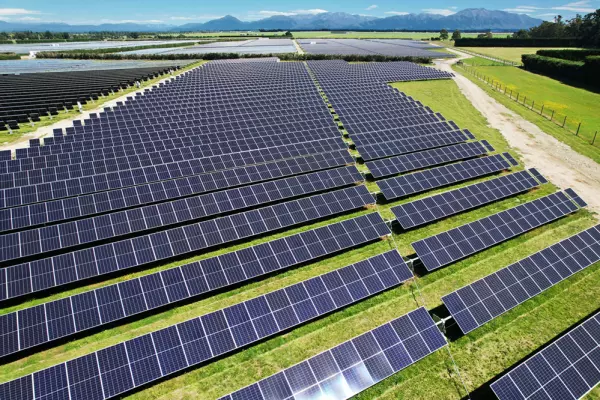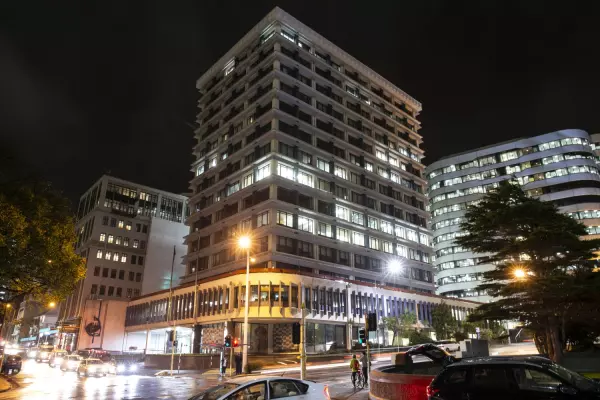A ministerial inquiry into electricity blackouts on the coldest night of the year said they were entirely avoidable as there was enough generation, but a “shambolic” demand reduction process ensured the lights went out.
The report led by former energy minister Pete Hodgson said on Wednesday there were a number of problems within the system, but “no household” had to suffer a power cut, which was caused by the system operator issuing notices requiring demand reductions when they were not needed on Aug 9.
In the immediate aftermath of the power cuts, energy minister Megan Woods pointed the finger at generators saying they and the market had failed to supply adequate electricity. In particular, Woods said Genesis Energy had made “a commercial decision not to operate one of its plants in response to the forecast shortfall”.
However, as BusinessDesk reported shortly after those comments it was clear Transpower's catastrophic calculations may have caused the blackouts.
Initial inquests by Transpower and the sector regulator, the Electricity Authority (EA), later confirmed errors, miscommunications and woeful demand management was the primary cause of the blackout.
Blackouts totally avoidable
On Wednesday, Woods said: “The investigation sets out a number of key findings, crucially that turning off the power for more than 34,000 households for up to two hours, simply need not have happened, and there was enough discretionary load to keep the lights on.”
Hodgson makes a number of recommendations and Woods would request the chairs of Transpower and the EA to consider them and report on progress.
Hodgson’s report is blunt.
“At the time of the emergency there was no shortage of immediately available fuel – stored water, gas, coal or distillate – there was no large unplanned outage of generation capacity, and there was no significant transmission constraint.”
The first blackout in NZ of this type since 1996 found the “forced disconnection of household electricity was entirely avoidable. We find that the demand side had enough discretionary load to maintain the system, but that the system operator had inadequate visibility or up to date awareness of that resource. Turning off any householder’s electricity, apart from their hot water cylinder, simply need not have happened.”
There had been no need to issue the demand allocation notice, which in itself “was remarkably faulty”.
However, Transpower felt it had to “further honour an equity rule embedded in the electricity code”.
As a result, it told some electricity lines companies to reduce more power than they should have, and others more power than they actually needed, in order to meet the equity requirement.
Hodgson said Transpower had little awareness of what was happening in the system and the “error-ridden” demand notice made matters worse. This included some users being allocated load so high they could never use it.
“The most extreme example of which was New Zealand Aluminium Smelters Limited at Tiwai who was told its limit was approaching twice what it typically uses. The error-ridden DAN is the reason why most but not all affected households were disconnected.”
Generation reduced even as households in the dark
The process was so “shambolic” some generators even cut supply because they were told the demand reductions meant it was not needed.
“Generation was reduced in response. Whirinaki, an expensive plant, began reducing from about 19:10, and at about 20:20 one generator rang the SO (system operator), noting unhappily that they were generating about 120 MW below their capacity because the overall load had been reduced so much. Yet, at this time thousands of households were without electricity – a wholly unacceptable situation.”
Hodgson said the rule around equity is “ill-conceived, and in need of prompt revision”.
Hodgson said while Transpower staff had acted professionally, and indeed prevented even more widespread and longer blackouts, the organisation had a reputation of being myopic and ignoring reviews and criticisms.
The review makes no calls for widespread change to the system. It does say more consideration should be given to new demand-side controls and mechanisms.
It also calls for better communications, different relations between regulators and operators as well as suggesting the sector have a long hard look at itself as it had become complacent after decades with a similar blackout.














